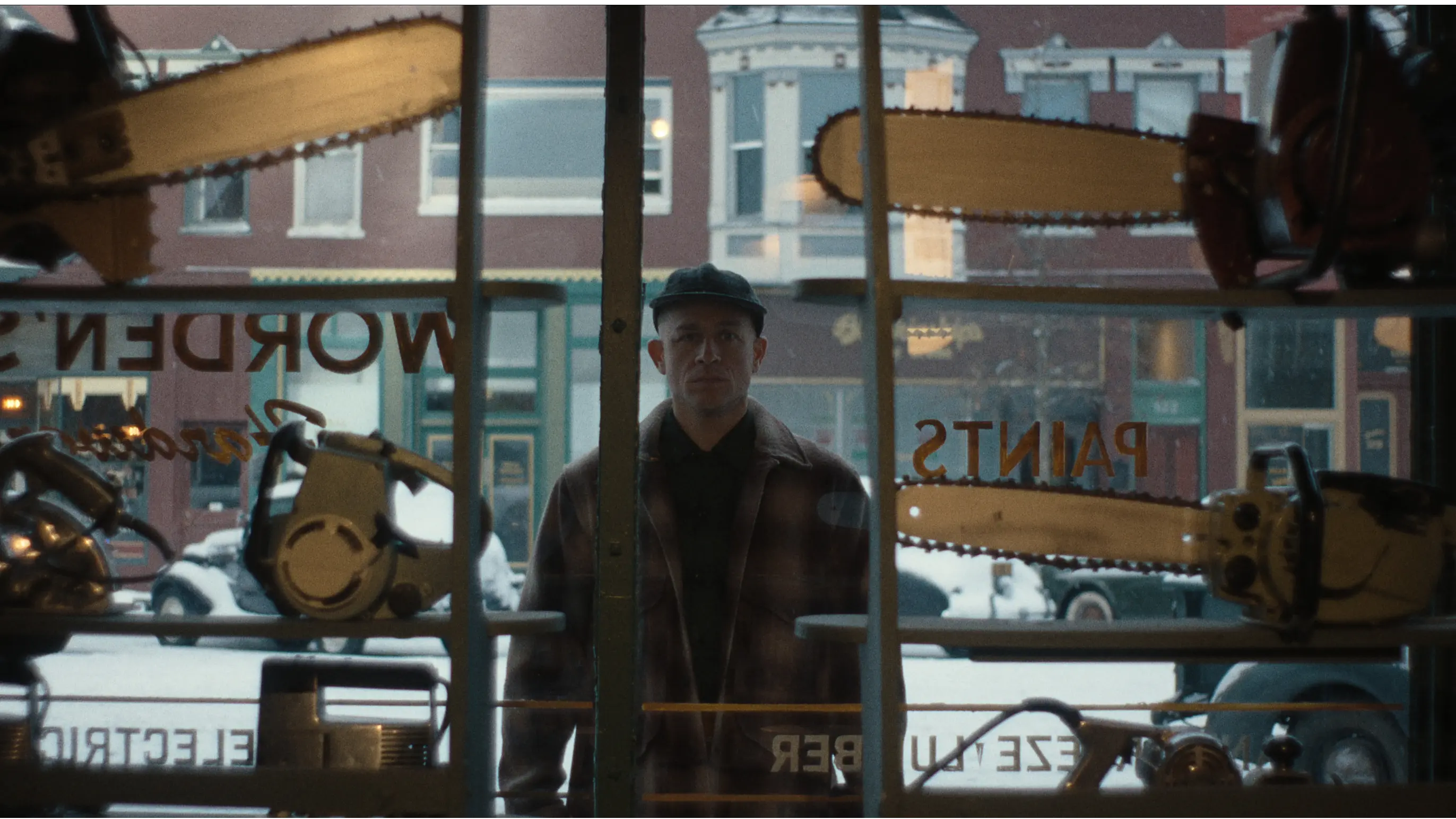Which incidents are real in Monster: The Ed Gein Story? Fact vs. Fiction, explained
-

The recently released true crime drama series Monster: The Ed Gein Story on Netflix puts the spotlight back on one of the most disturbing real-life serial killers in American history, Ed Gein. Viewers of the series might be wondering how much of the series is based on true events. The article further separates facts from fiction and also explains the ending of the series for interested readers.
How much of Monster: The Ed Gein Story is true?
The latest season depicts Ed Gein’s story quite close to the real events that unfolded in 1950s Plainfield, Wisconsin. Most of the things shown in Monster: The Ed Gein Story take inspiration from police records and eyewitness reports regarding his crimes.
When detectives investigated his farmhouse after the disappearance of Bernice Worden in November 1957, they found a scene that left everyone disturbed. Inside, they found furniture made of human skin, skulls turned into bowls, and masks crafted from women’s faces. The series depicts these parts accurately from the actual findings of the police investigation.
Additionally, Gein’s grave-robbing activities were true as well. He often tracked obituaries to find recently buried women who resembled his late mother. Under the cover of night, he exhumed bodies, taking certain parts to use in building various things. Gein visited local cemeteries as many as 40 times between 1947 and 1952.
However, in Monster: The Ed Gein Story, Gein’s romantic interest, Adeline Watkins, is a largely fictional character created specifically for the plot. There were rumors of a similar woman who maintained a connection with him.
Another semi-fictionalized moment is the death of Gein’s brother, Henry. In the show, Ed kills Henry during a fire — a symbolic turning point in his descent. Historically, Henry’s death remains mysterious, officially ruled an accident. Still, the dramatization helps explain Ed’s emotional collapse and deepened attachment to his mother.
Where the series excels is in portraying Augusta Gein’s control over her son. Metcalf’s chilling performance captures a woman consumed by religious fervor and disgust for the world. Augusta’s teachings about sin, purity, and punishment shaped Ed’s warped worldview. When she died, his fragile sense of reality was shattered completely — something Murphy highlights as the psychological trigger behind the horrors that followed.
The ending explained: Madness, influence, and legacy
The final episode of Monster: The Ed Gein Story shifts from violence to introspection. He was declared insane after his arrest and hence unfit to stand trial. Later, the authorities sent him to a mental institution, where he spent the rest of his life. His diagnosis of schizophrenia is accurate to real life, as well as his calm demeanor during confinement.
In the show, he also imagines conversations with figures like Christine Jorgensen and Ilse Koch. These encounters, which are very much fictional, show the fragmented world within Gein’s mind, where only delusion and guilt coexist. Gein was not only a killer but a product of psychological decay and isolation as well.
The final scene shows Ed Gein in his dying moment, as he sees himself among the iconic movie characters his crimes inspired, such as Norman Bates, Buffalo Bill, and Leatherface. They greet him like he created them, celebrating his twisted legacy.
The horror isn’t only in Gein’s crimes, but in how they continue to echo through culture, art, and collective curiosity. In separating fact from fiction, Monster: The Ed Gein Story reminds us that the line between fascination and fear is far thinner than we think.
TOPICS: Monster: The Ed Gein Story
- Did Richard Speck have breast surgery as shown in the Netflix's Monster: The Ed Gein Story?
- Is Addison Rae in Ed Gein's story? Everything to know about her character
- What Netflix’s Monster didn’t get right — 8 facts the series twisted about Ed Gein’s real story
- Did Ed Gein have any contact with Birdman in real life? Truth behind the character from Netflix's Monster, explained